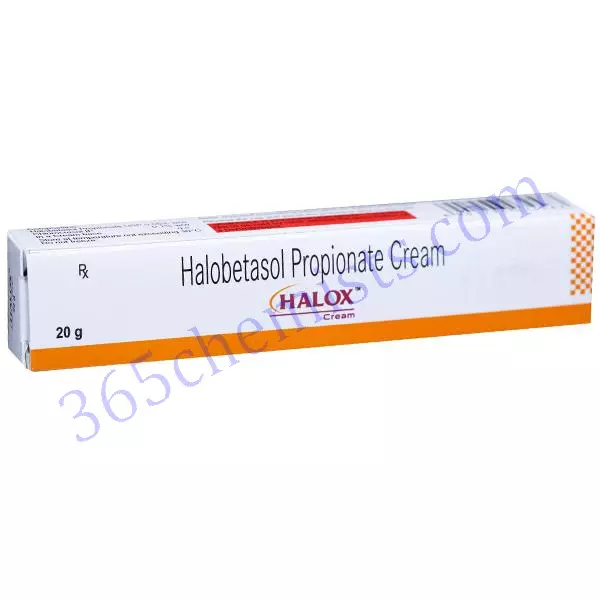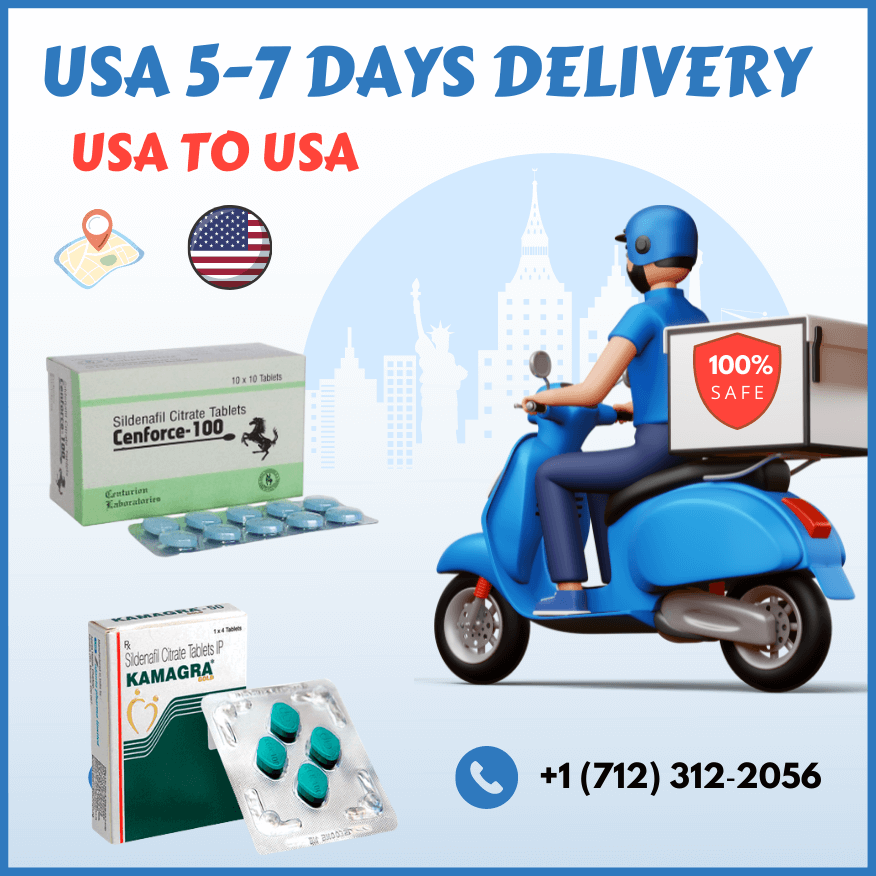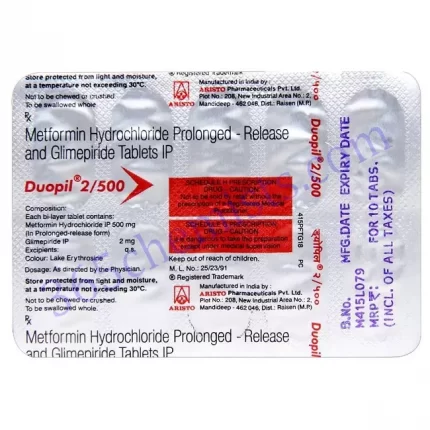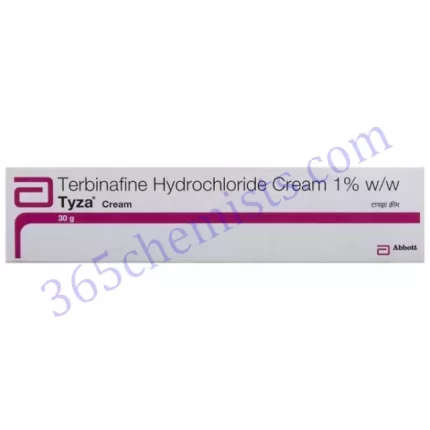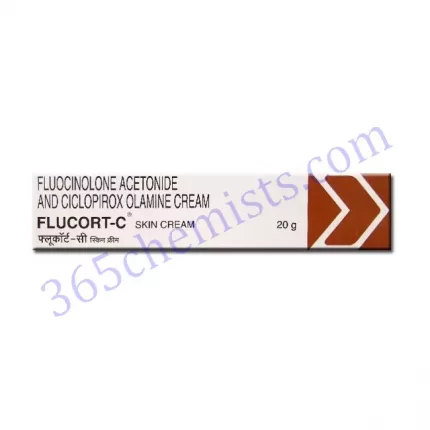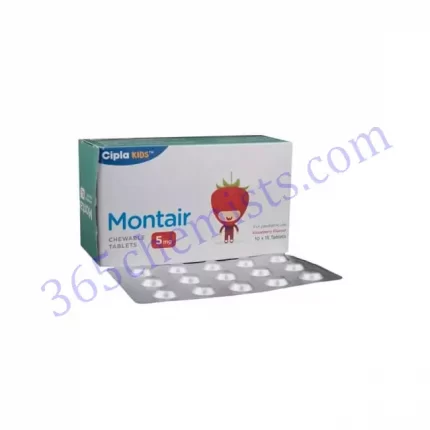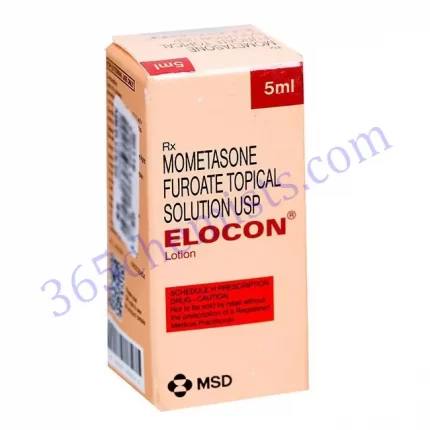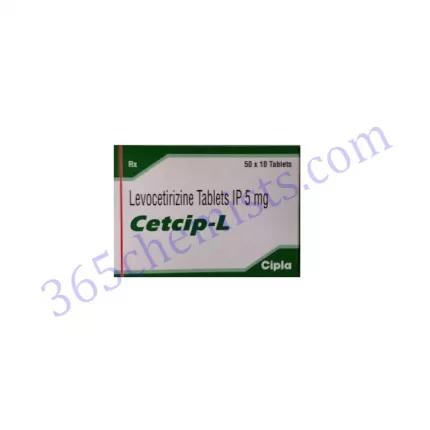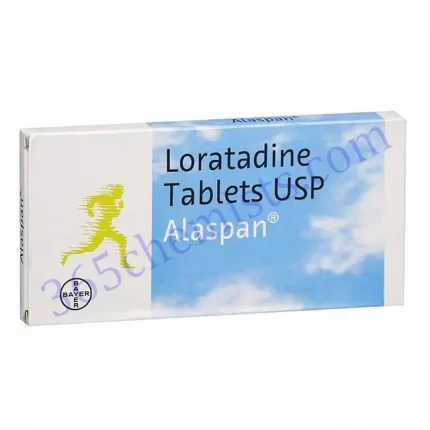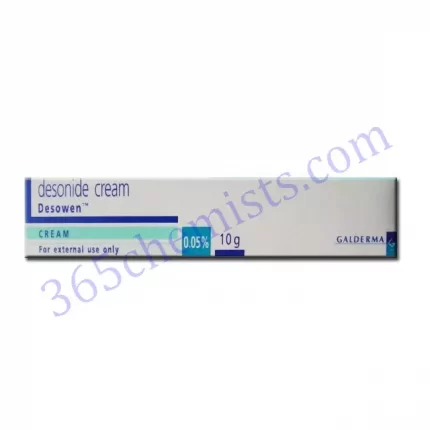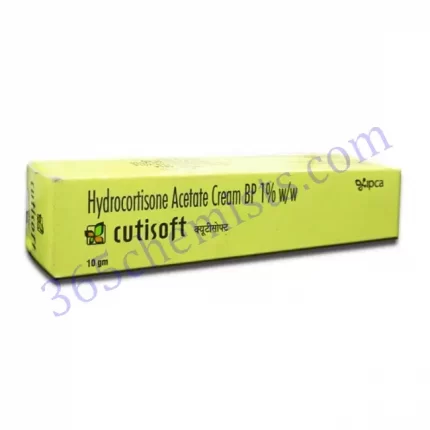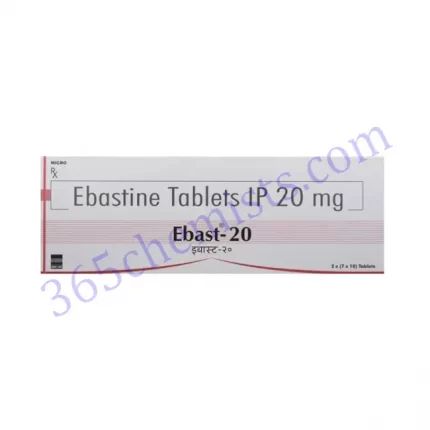Introduction
A topical medicine called Halox 20gm Cream contains 0.05% halobetasol. Different skin diseases characterised by inflammation, itching, and redness are treated with it. HALOX Cream helps to enhance the appearance of the skin while relieving symptoms.
How HALOX Cream Works
The main component of HALOX Cream, halobetasol, is a type of drug known as a corticosteroid. It functions by lowering skin inflammation, calming the immune system, and reducing itchiness and redness. HALOX Cream has localised immunosuppressive and anti-inflammatory properties that help manage the signs and symptoms of skin disorders.
Indications
HALOX Cream is prescribed to treat a number of inflammatory skin diseases, such as:
- Eczema: HALOX Cream can be used to treat the itching, redness, and inflammation that are common symptoms of eczema.
- Psoriasis: HALOX Cream effectively lessens the signs and symptoms of psoriasis, such as skin thickness, scaling, and plaque development.
- Dermatitis: HALOX Cream can help with the itching, redness, and swelling that are signs of dermatitis.
- Allergy-Related Skin Reactions: HALOX Cream may be used to treat allergic contact dermatitis and other allergic skin reactions.
How to Use HALOX Cream
For the proper application of HALOX Cream, adhere to these guidelines:
- Before applying the lotion, clean and dry the afflicted area.
- Apply a tiny amount of HALOX Cream to the affected area and gently massage it into the skin to spread it throughout the skin.
- If your hands are not the treated region, wash your hands after using the lotion.
- As advised by your healthcare provider, use HALOX Cream. Observe the recommended dosage and course of treatment.
- Applying the cream to regions with current infections, damaged skin, or open wounds is not advised.
- If not directed by your healthcare practitioner, avoid bandaging or dressing the treated area.
- Apply any missed medication as soon as you remember. Skip the missed dose and carry on with your regular schedule if it is almost time for your next dose.
- When using HALOX Cream, avoid applying it to your face, groyne, or underarms unless your doctor specifically instructs you to.
Related Product
Halox S Ointment 20gm
Halox F Cream 10gm
Halox ES Ointment 10gm
Halox S Lotion 30ml
Halox cream 20gm
Halox Ointment
How to Store HALOX Cream
For HALOX Cream to be safe and effective, it must be stored correctly. Follow these recommendations:
- To keep Halox 20gm Cream safe from light and moisture, keep it in its original package or container.
- Keep the cream at room temperature and out of the way of heat sources, direct sunshine, and high humidity levels.
- To avoid misuse or unintentional intake, keep Halox 20gm Cream away from children and pets.
- Keep HALOX Cream from freezing. The consistency and efficiency of the cream can change when frozen.
- Do not use HALOX Cream if the expiration date has passed. Check the box for this information. If a prescription has expired, properly dispose of it.
Interactions with Other Medications
Tell your doctor about all of your current medications, including prescription, over-the-counter, and herbal supplements. Some drugs may interact with HALOX Cream, reducing its efficacy or raising the possibility of negative side effects. It is very crucial to note the following:
- other Topical Drugs: Taking other topical drugs at the same time increases the absorption of the active ingredients, which may result in interactions or negative consequences. Before combining HALOX Cream with other topical medications, speak with your healthcare professional.
- Oral Corticosteroids: Using oral corticosteroids at the same time as Halox 20gm Cream may raise the risk of adverse effects on the central nervous system. If both prescriptions are prescribed, your healthcare professional should keep a close eye on you.
- Avoid using harsh cleansers, astringents, or other topical treatments on the same area of skin where HALOX Cream is used, especially if they are known to irritate or aggravate the skin.
Possible Side Effects
HALOX Cream can have negative effects on some people, just like any drug. Typical negative consequences could be:
- Skin Irritation: Some people may suffer moderate skin irritation at the application site, such as redness, itching, or burning. Usually, this goes away on its own without the need for medical intervention. Consult your doctor if the discomfort persists or gets worse before continuing to use the product.
- Skin Thinning: Long-term or excessive usage of HALOX Cream may cause skin thinning, which increases the risk of injury or harm to the skin. Avoid applying the drug for an extended amount of time or to significant portions of the body without a doctor’s supervision. Instead, use it as advised.
- Hypersensitivity Reactions: Rarely, users of Halox 20gm Cream may experience an allergic reaction. Rash, itching, swelling, lightheadedness, or breathing difficulties are just a few possible symptoms. If you notice any of these signs, stop using the product right once and go to the hospital.
- Other negative effects of HALOX Cream include skin pigmentation, acne, and folliculitis (inflammation of hair follicles), albeit these are rare. Consult your doctor if you have any odd or enduring effects while using the cream.
Precautions and Warnings
The following safety measures should be taken into account before using HALOX Cream:
- Report any known allergies you may have to halobetasol or any other corticosteroids to your healthcare provider. If you have a history of allergic reactions to medicines comparable to HALOX Cream, stay away from taking it.
- Use HALOX Cream sparingly if you have skin diseases brought on by bacteria, fungus, or viruses. It is only supposed to be used for inflammatory skin disorders. Consult a healthcare professional for the best course of action if you think you might have an infection.
- Breastfeeding and Pregnancy: If you are currently breastfeeding or planning a pregnancy, talk to your doctor before taking HALOX Cream. It is unclear whether HALOX Cream is safe to use while nursing or when pregnant.
- Paediatric Use: It is unknown whether HALOX Cream is safe and effective for use in children under the age of 18. Before using the lotion to children, seek advice from a medical professional.
- Only for external usage, HALOX Cream should not come into contact with the eyes or mucous membranes. Avoid getting any of it in your mouth, eyes, or other mucous membranes. In the event of accidental contact, thoroughly rinse with water.
Conclusion
A topical corticosteroid medicine called HALOX Cream is used to treat a number of inflammatory skin diseases. It helps to enhance the skin’s appearance and symptoms by reducing itchiness, redness, and inflammation. If you have any questions or concerns about using HALOX Cream, speak with your healthcare professional and follow their advice.
A topical drug called HALOX Cream is used to treat a variety of inflammatory skin disorders. For the right application and dosage, according to your healthcare provider’s instructions. Keep your distance from healthy skin, wash your hands after using, and follow the treatment plan exactly. Keep the cream in a cool, dry place and tell your doctor if you use any other medications. Consult your healthcare professional for more information if you have any worries or inquiries.

